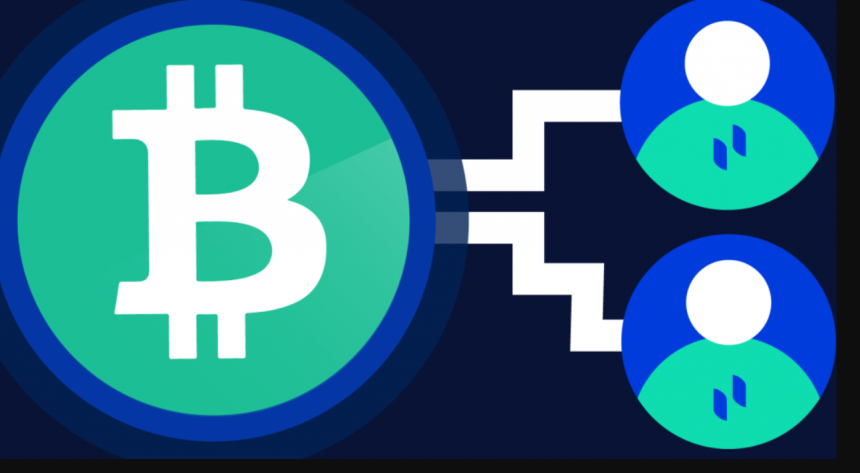In the dynamic landscape of cryptocurrencies, Bitcoin stands as a pioneer, reshaping the way we perceive and utilize traditional currencies. At the heart of this innovation lies blockchain technology, which ensures transparency, security, and decentralized control. However, like any complex system, Bitcoin isn’t impervious to potential vulnerabilities. One such vulnerability is the concept of “Double Spending.” In this article, we’ll delve into the intricacies of Double Spending, its implications, and the ingenious mechanisms that the Bitcoin network employs to prevent it. You can improve your trading skills by using the right trading platform like granimator.io.
Understanding Double Spending
Double Spending is a term that raises eyebrows in the world of cryptocurrencies. At its core, it refers to the act of using the same unit of currency for more than one transaction, essentially creating a duplicate transaction. This nefarious activity could potentially undermine the integrity of any financial system, digital or traditional. Think about it – if someone could spend the same dollar bill multiple times, chaos would ensue, and trust in the currency would crumble.
The Traditional Double Spending Problem
In a conventional centralized financial system, the concern of double spending is addressed through the involvement of trusted intermediaries like banks. These intermediaries are responsible for maintaining accurate ledgers that record various transactions. For instance, when a transaction is carried out using a credit card, the bank guarantees that the same funds cannot be used for another transaction simultaneously. This mechanism is effective due to the centralized authority that the bank possesses over the ledger, allowing it to monitor and prevent double spending occurrences.
Double Spending in a Decentralized Realm
The decentralized nature of cryptocurrencies like Bitcoin introduces a unique challenge: the absence of a central authority to authenticate transactions. Instead, network participants, known as miners, engage in competition to solve complex mathematical puzzles. This competition results in the validation of transactions and their addition to the blockchain, ensuring security without the need for a single governing entity.
Bitcoin’s Solution: The Blockchain
Welcome to the world of blockchain, a groundbreaking technology that serves as the foundation for Bitcoin and a plethora of other cryptocurrencies. At its core, the blockchain functions as a transparent and decentralized public ledger, meticulously documenting transactions in a chronological sequence. Within this system, every block holds a collection of transactions, with these individual blocks ingeniously interconnected to forge the continuous chain that is the hallmark of the blockchain.
How Bitcoin Prevents Double Spending
- Consensus Mechanism: Bitcoin employs a consensus mechanism known as Proof of Work (PoW). Miners compete to solve complex mathematical puzzles, and the first one to solve them gets to add a new block of transactions to the blockchain. This competition ensures that only valid transactions are added, preventing double-spending.
- Decentralization: The decentralized nature of the Bitcoin network means that no single entity has control over the entire network. This reduces the risk of collusion to perform double-spending.
- Confirmation Time: After a transaction is broadcast to the network, it needs to be confirmed by a certain number of blocks. The more confirmations a transaction has, the more secure it becomes against double-spending.
- Public Ledger: The transparent nature of the blockchain allows anyone to track the history of transactions. This makes it nearly impossible to alter a transaction without being noticed by the network.
Mitigating the Risks
Although Bitcoin has effectively mitigated the issue of double spending through its innovative mechanisms, it remains susceptible to certain risks. In the unlikely scenario where an individual or entity takes control of over 50% of the total computing power within the network, often referred to as a “51% attack,” there exists a potential for manipulation of the blockchain. It’s important to note, however, that the execution of such an attack demands an enormous amount of resources and effort, rendering it a highly improbable occurrence.
Conclusion
In the complex landscape of cryptocurrencies, grasping the subtleties of ideas such as double spending holds significant importance. Through the ingenious utilization of blockchain technology, along with the implementation of decentralized control and consensus protocols, Bitcoin has successfully mitigated the issue of double spending. This accomplishment sets Bitcoin apart from conventional centralized systems, which often encounter difficulties in addressing this concern. As we observe the ongoing development of cryptocurrencies, the effective prevention of double spending serves as a compelling example of the capabilities exhibited by decentralized networks.















